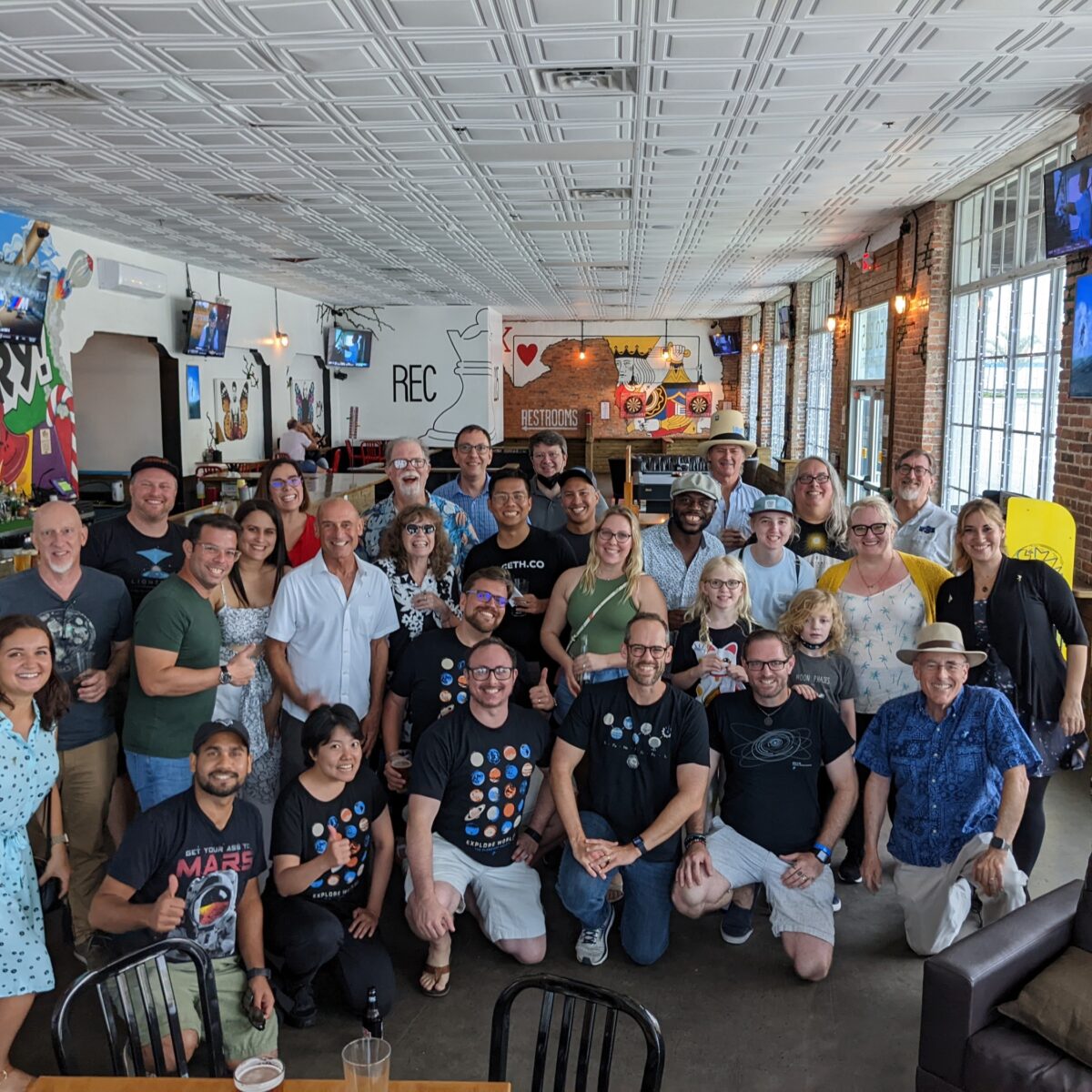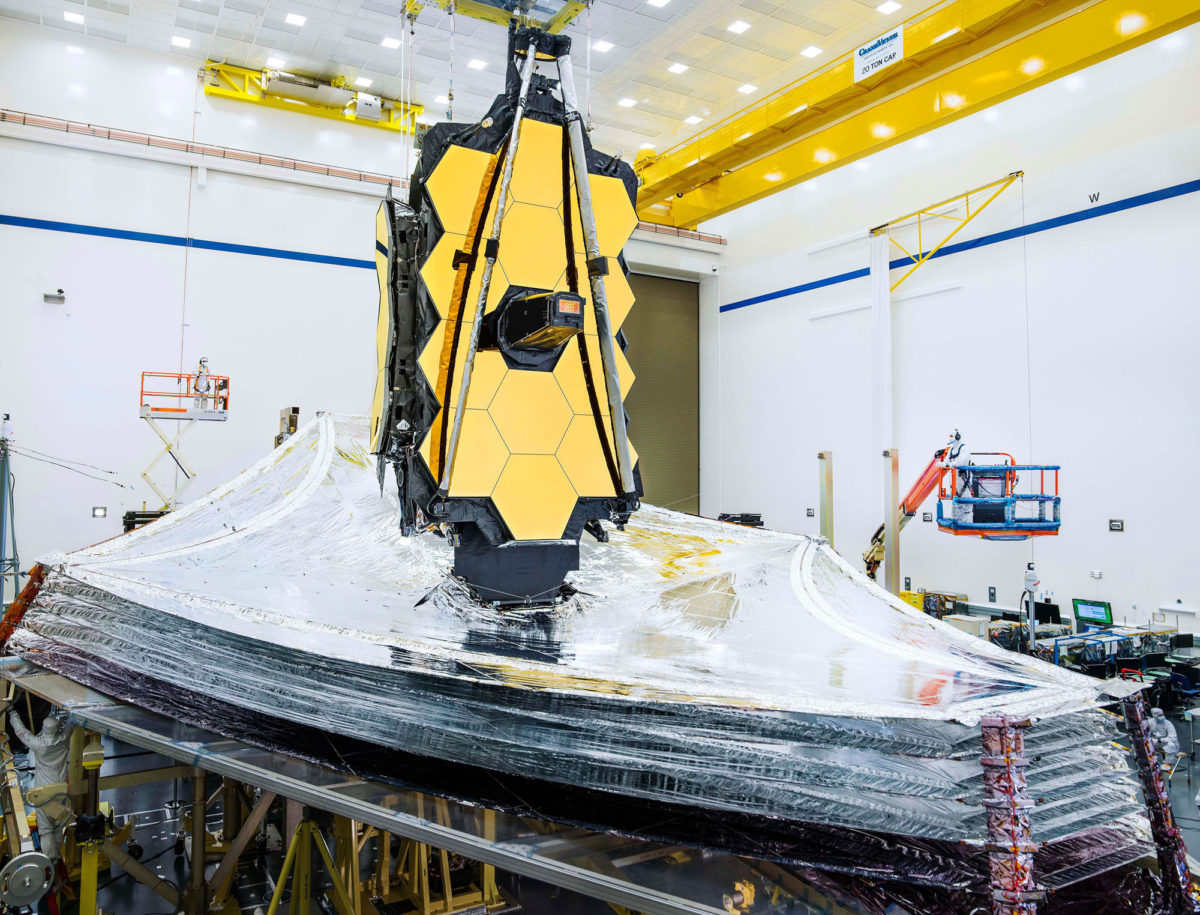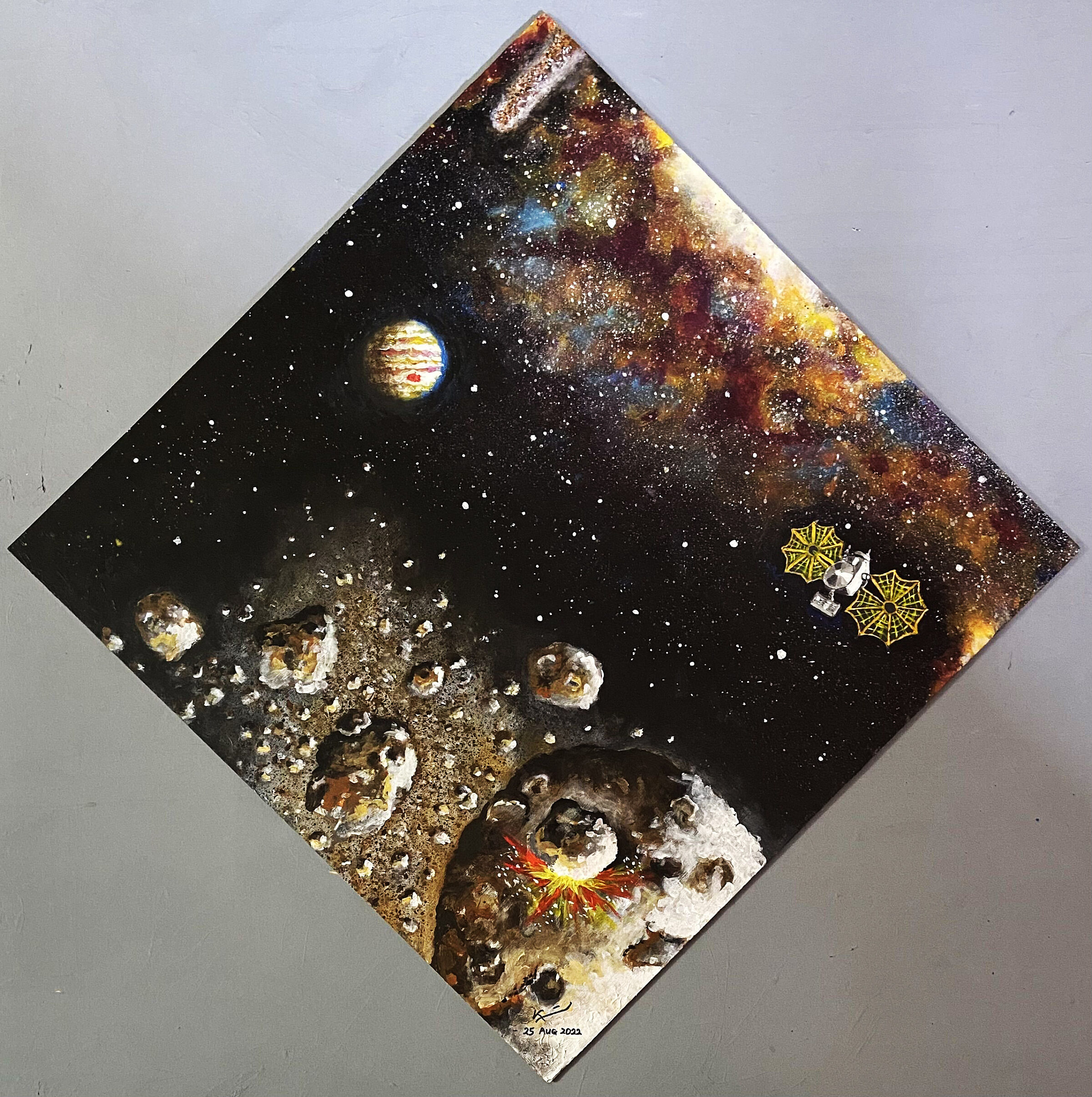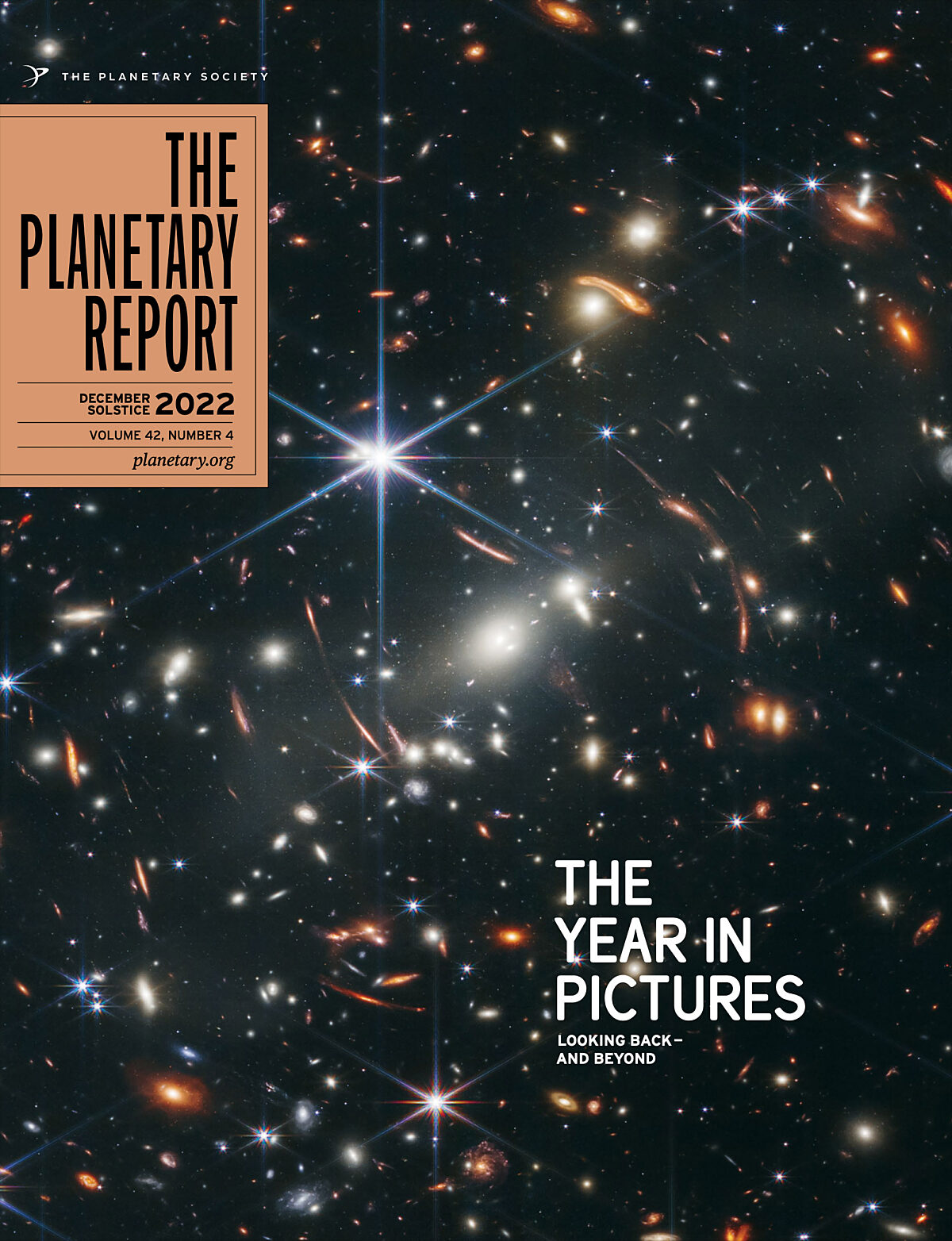
On the Cover: This dazzling, time-traveling deep-field image from JWST was the telescope’s first publicly released science image. It is the deepest infrared image of the Universe to date, showing light that has traveled around 13 billion years to reach us.
Download PDF
Features
December Solstice 2022
Going the distance to get the shot
A brief history of space imaging
The year in pictures: 2022
With JWST up and running, it’s one of our best Year in Pictures issues yet.
Your impact: December solstice 2022
A great kickstart to our new kids membership program!
Your place in space
The Cosmos is worth the wait: Appreciating images that take years (even billions of years) to get to us
By Bill Nye, Planetary Society CEO
We've been waiting a long time for images like the one that graces the cover of this issue. If you’re young, you’ve been waiting your whole life. The James Webb Space Telescope (JWST) captured this image shortly after it was launched into deep space and began operations after more than a quarter-century of planning and development. That may have felt like a long time to those of us following and supporting the mission, but it’s barely a blip along the breadth of the cosmic timeline. The photons in the cover image came from distant galaxies that traveled 13 billion years to reach the telescope’s sensors.
Developing brand-new technologies to do things in space that we’ve never done before takes time. Guiding a spacecraft millions of kilometers through space takes time ... and patience. That’s the easy part. What it really takes is the commitment from governments and space agencies — and from the citizens who put them in place. That’s why The Planetary Society is here. Members like you work to make sure that missions like JWST get the funding and support they need to make it to the launch pad. And once those missions are out there enabling exploration and discovery, we’re here to make sure people hear about their discoveries and get excited about future missions.
JWST is just getting started, and the returns on this investment are already obvious. Have a look inside this issue. I am confident that you’ll find JWST photos in every “Year in Pictures” issue of this magazine for decades to come. Wouldn’t it be something if a few of those images prove that planets orbiting other stars show signs of life? It’s a discovery that would change the world.
Life is almost certainly out there on other worlds, and with tools like JWST and the many other missions for which we advocate, we are bound to find it. Thank you all for your ongoing support. Please be proud of your contributions. You’ve enabled missions like JWST to send beautiful and evocative images to us here on Earth. Carl Sagan reminded us that we are the product of stars, the dust of the Cosmos. That means you and I, as space explorers, are a way for the Cosmos to know itself. It fills me with joy and awe. Thank you.
Members on deck
Awe and Amazement
When JWST released its first set of science images, we shared a survey in our weekly Downlink email newsletter asking Planetary Society members to share their reactions. Here is a selection of the many excellent responses we received.
"Shock and awe! The images are amazing. They brought tears to my eyes. The accomplishments of our species are grand, and this is proof of what we can do if we work together. I’m so excited to see what new discoveries are to come!" — Jaclyn Harder, USA
"Absolutely flabbergasted, wow of my life. I always adored the great things coming from Hubble, and Webb takes this so many steps further. What a privilege to be alive in these times!" — Mark Silk, Germany
"After I marveled at the sublime beauty (as I always do with deep-space images), I couldn’t help but imagine how many alien worlds, life forms, and civilizations are in those galaxies today. As far as the overall mission, I am most curious about the study of extra solar planets in our own galaxy. Hopefully, we will soon have confirmation of what we already suspect: that we are not alone." — Derek Wilson, USA
"Hubble blew us all away with breathtaking images that we couldn’t have dreamed of before. To think that JWST’s images will be scaled up to an even higher level of spectacular is just mind-boggling. The first images have already wowed us, and I am very excited to see more and await new discoveries." — Michael Crouch, U.K.
"As an artist whose favorite subjects to paint are galaxies and nebulae, this opens up a whole new world for my art. The Hubble images are fantastic, but the rich detail of the Webb telescope images is stunning. I look forward to painting the more detailed subjects and those lovely six-pointed stars." — Alexandria Wagner, USA
"JWST is a dream come true after so many years. I am eager to learn about the Universe in a more accurate way — a new window for the future of science and exploration." — Fernando González Valadez, Mexico
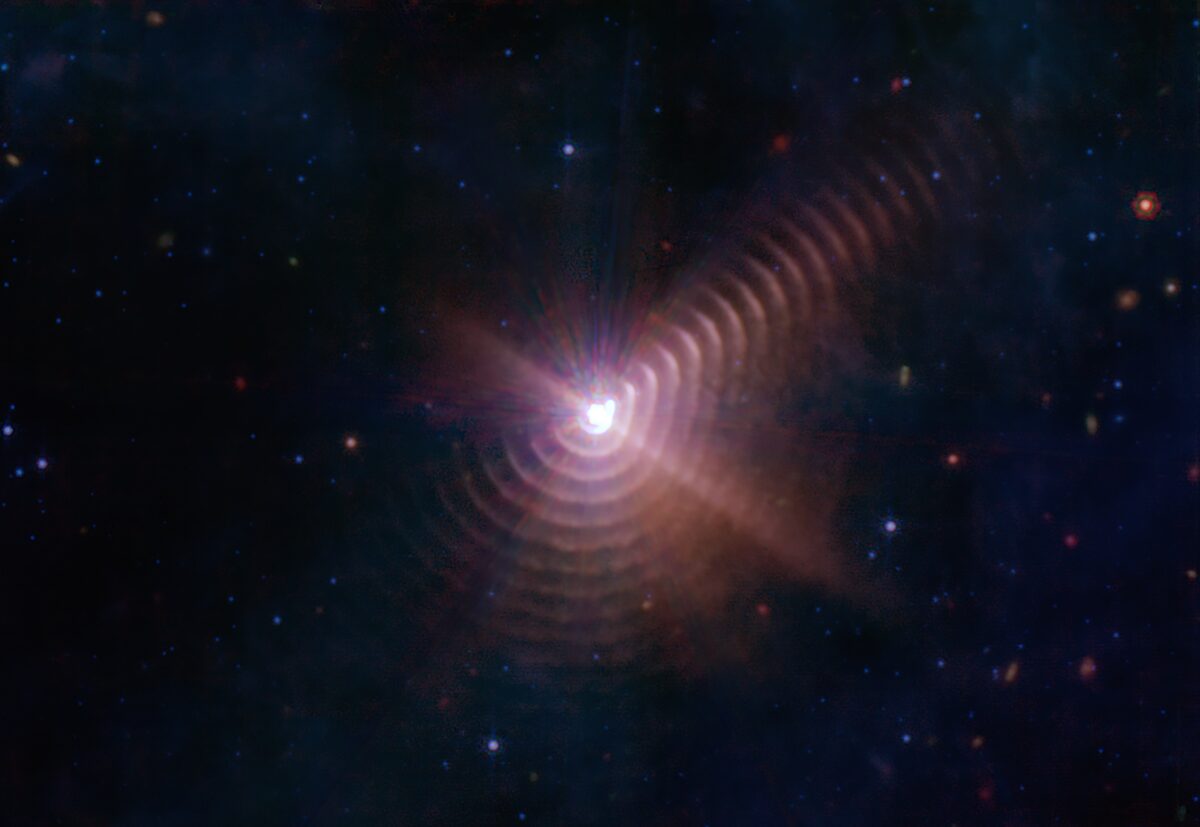
"I am astonished at everything associated with the JWST, starting with the original idea through all the design, build, and testing (all extremely demanding); the launch; accurately positioning it in space; deployment of the sunshield and the mirror segments; alignment and testing on station (unbelievably complex); and then acquisition of the first images. To be able to see and analyze things so far away and so long ago is simply breathtaking. I can hardly wait to see what revelations will come from it and to hear what experts can deduce from them. Congratulations to everyone involved, which sounds like such a weak thing to say in the face of all that has been achieved, but I’ve honestly run out of vocabulary to express my admiration." — Alan Turk, U.K.
"It was like hearing my child’s first word clearly spoken. Certainly wonderful, but the door she just stepped through and the vast potential before her was startling to contemplate. I await the manifestation of that potential." — John Utley, USA
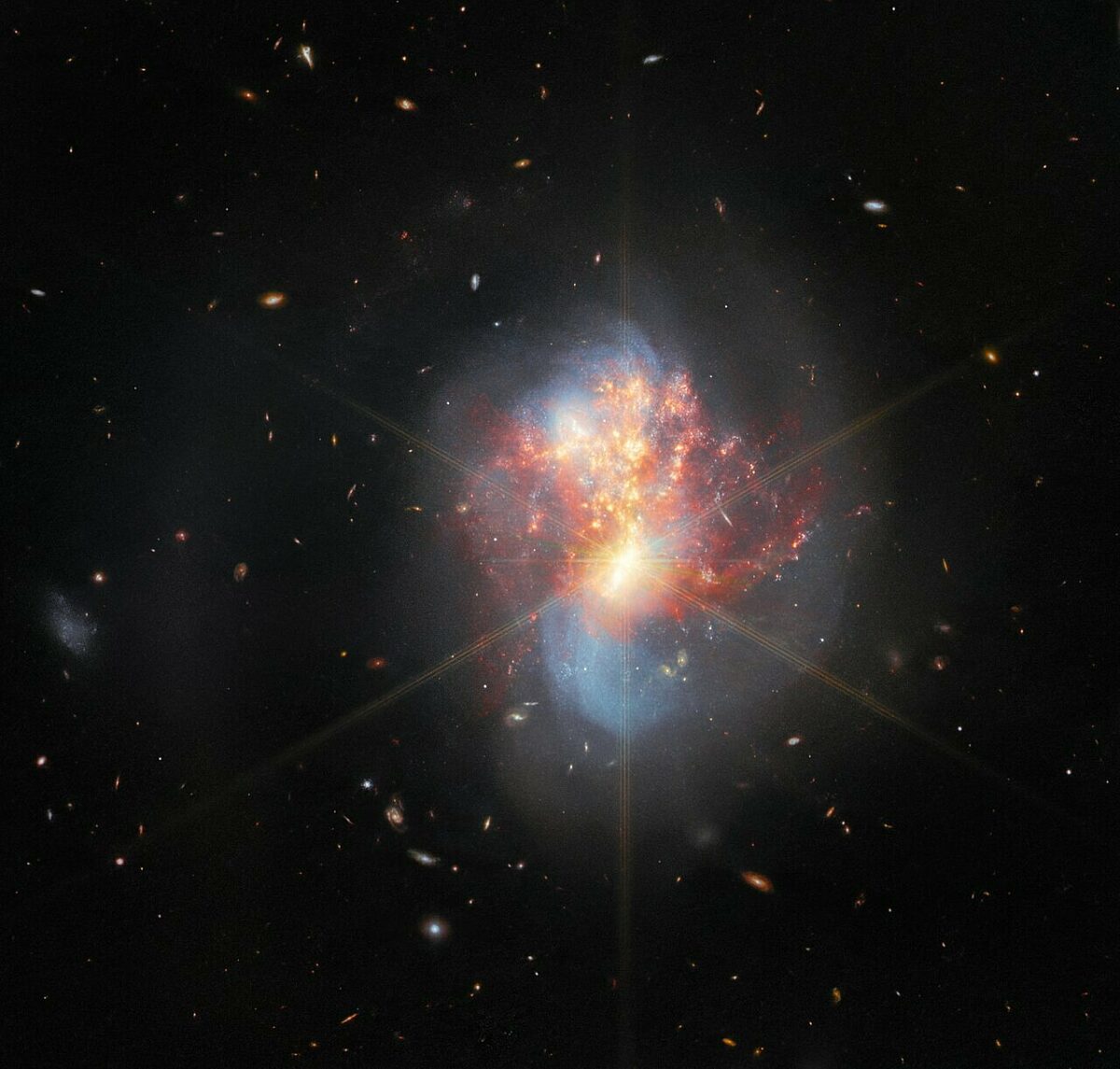
"Awe, happiness, and wonder. I was 4 years old when the Hubble Space Telescope was fixed and began its now-famous 30+ year journey to study the Universe. As I grew up, I can recall following along as Hubble released picture after picture cataloging our Universe while helping us understand dark matter, black holes, and the age of the Universe. My children are currently 4 and 6 years old, and I am grateful to know that they will grow up alongside the James Webb Space Telescope. That they will get to experience the wonder and excitement I enjoyed as Webb shares incredible cosmic views and makes discoveries we have yet to realize." — Joshua Harris, USA
"It’s amazing. Not just the “deep field,” with those warped images from distant and ancient galaxies, but also the spectra of the exoplanet. And the nebulas. And they colored the infrared images, making them astonishingly beautiful. I hope that the discoveries of the James Webb Space Telescope will bring us a great deal of knowledge about the vast Universe and the stars and planets that inhabit it." — Marcelo Machado de Oliveira, Brazil
"In light of current geo-political events, it is good to know that humans can still work together to accomplish great things. These images remind us of how small we are. They remind us that the Universe is a beautiful place. We have only dipped our toes into the Cosmos. What wonders have yet to be discovered?" — Terry Lee Steffen, US
Get involved
Meet the new host of Planetary Radio

After 20 years at the helm, our friend and colleague Mat Kaplan is retiring as the host of Planetary Radio — a show he started from scratch that now reaches more than 2.5 million listeners each year in more than 40 countries.
It is a bittersweet moment. The good news is our show will be in excellent hands after Mat’s departure. We’re delighted to announce that Planetary Radio’s new host is Sarah Al-Ahmed.
Sarah is a talented science communicator informed by a professional background in astronomy and a degree in astrophysics from the University of California, Berkeley. In 2015, she started working at Griffith Observatory in Los Angeles, giving science lectures, guiding school field trips, and writing for its magazine. She became a show producer for Griffith’s monthly show and webcast “All Space Considered,” where she eventually served as its citizen science correspondent.
Eventually, Sarah applied to work at The Planetary Society, where she was hired as our digital community manager. For the last two years, she’s brought science to the public as the lead voice of our social media channels and has developed new ways to engage with our members.
When Mat announced his retirement from the show earlier this year, The Planetary Society set out on an extensive search for a new host. Hundreds of people applied. Sarah’s gift for finding and communicating the most compelling stories and insights from the space community to the public made her the clear choice. She is very excited to get to know you all, and we are excited for you to get to know her. Sarah will debut as the new host on Jan. 4, 2023.
Mat, who will remain with The Planetary Society in a new role after he hangs up his headphones on Dec. 30, couldn’t be happier for Sarah or the show.
“The loyal Planetary Radio audience is about to discover someone who loves to share the PB&J of space — the passion, beauty, and joy — as much as I do,” he said. “I can’t wait to see where she and our colleagues take us in this new era.”
Join your new digital member community!
Being a Planetary Society member means you are part of a global community of people who share a passion for space and who want to help make more exploration happen. Soon, you will be able to connect with your fellow members like never before.
In early 2023, we will launch a brand-new digital community just for Planetary Society members. In this online space, you’ll be able to join like-minded people to learn, chat, collaborate, and share your love of space. Here are a few things you’ll be able to do in this member community:
- Connect with members who are geographically close to you
- Join discussion groups interested in specific topics, like astrophotography or advocacy
- Chat about the latest Planetary Society articles, videos, and podcast episodes
- Participate in virtual events
- Take free online space courses and engage with others as you learn
- Ask questions and share your thoughts with the community
- Connect directly with The Planetary Society staff, board, and advisers
- And so much more!
This member community has been in the works for a long time, and we’ve been working hard to build a fantastic, engaging online platform for you. To celebrate its launch, we’re inviting all our members to a special virtual launch event. This virtual event will take place within the digital community, introducing members to the platform and showcasing its great features. You’ll hear from space experts and meet and mingle with your fellow members.
Keep an eye on your email inbox for announcements with more details about this exciting launch event!
Give the gift of space
It’s not too late to give the perfect holiday space gift to your loved one — or add it to your own list! Here are a few out-of-this-world ideas:
Planetary Academy
Open up the Cosmos for your kid! Kids can make a real impact on space exploration and support our mission by joining Planetary Academy, a membership designed for kids age 5 to 9. As a member, your young explorer will receive four adventure packs per year developed by the educational experts at The Planetary Society. The first adventure pack includes a personalized welcome letter from Bill Nye, CEO of The Planetary Society; an official membership card to Planetary Academy; an activity book; stickers; trading cards; games; and surprises. Memberships take three to four weeks to fulfill, but you can print a PDF certificate on demand after you check out so you can wrap it up for your young explorer right away. planetary.org/planetary-academy
Gift memberships
As a proud Planetary Society member, you know that your love of space is even more meaningful when paired with action. Spread the excitement to a loved one who cares about space but hasn’t yet become a member by getting them a gift membership to The Planetary Society this year. You’ll be able to print a PDF certificate on demand after purchasing so you have something to give them right away while their member benefits, like their official member T-shirt (pictured) and The Planetary Report magazine, arrive in the mail. planetary.org/gift
Planetary Society gear
Shop to support our mission by visiting the official Planetary Society store. From stunning posters to clothes to stickers, our store helps you (or the fellow space nerd in your life) show off your love of space in style. planetary.org/shop
Year-end finances
A year-end donation to The Planetary Society’s Planetary Fund is a powerful way to make an impact on our shared mission to advance space science and exploration. Make your gift today! planetary.org/planetaryfund
For U.S. tax purposes, gifts must be received on or before the last day of the year. Here are some common methods of making a gift and their associated deadlines.
- Online credit card gifts: transaction completed by 11:59 p.m. EST (8:59 p.m. PST), Dec. 31, 2022.
- Checks sent via U.S. mail: postmarked on or before Dec. 31, 2022. Checks sent via third-party shipping (such as FedEx or UPS): delivered on or before Dec. 31, 2022.
- Credit card gifts via U.S. mail: received and processed on or before Dec. 31, 2022.
- Stock transfer: broker-to-broker instructions issued in time for completed transfer on or before Dec. 31, 2022.
What's up?
Planets above!
By Bruce Betts, Planetary Society Chief Scientist
In the sky
There is a planet party in the evening sky. January begins with yellowish Saturn low in the west after sunset with very bright Jupiter above it. If you follow an approximate line through Saturn to Jupiter and take it high in the sky, you’ll find very bright reddish Mars. During January, Saturn drops lower, and super-bright Venus rises up from below the horizon as the days pass. They are close together but very low to the horizon on Jan. 22. As the weeks progress, Saturn drops out of sight while Venus keeps rising. Very bright Jupiter drops lower until it makes a spectacular close pairing with super-bright Venus on March 1. Mars stays high in the evening sky, gradually dimming as Earth and Mars move farther from each other in their orbits. The Quadrantids meteor shower peaks the night of Jan. 3/4. The Quadrantids can be an above-average shower, but the Moon will be nearly full, washing out dimmer meteors this year. For more night sky tips, you can always check out planetary.org/night-sky.
Random space fact
About 48.25 grams of gold coat the JWST mirrors. That is about equal to the mass of a golf ball. Why gold? Gold is very reflective in the infrared, and JWST observes primarily in the infrared.
Trivia contest
Our June solstice contest winner is Justin Eckoff of Bethel Park, Pennsylvania, USA. Congratulations! The question was: What single space mission returned the highest mass of samples from a body other than Earth? The answer: Apollo 17. It returned 111 kilograms (245 pounds on Earth) of material from the Moon.
Try to win a copy of the new book “Solar System Reference for Teens” by Bruce Betts and a Planetary Radio T-shirt by answering this question: How many hexagonal segments make up the JWST primary mirror?
Email your answer to [email protected] or mail your answer to The Planetary Report, 60 S. Los Robles Ave., Pasadena, CA 91101. Make sure you include the answer and your name, mailing address, and email address (if you have one). By entering this contest, you are authorizing The Planetary Report to publish your name and hometown. Submissions must be received by Mar. 1, 2023. One entry per person. The winner will be chosen in a random drawing from among all the correct entries received. For a weekly dose of What’s Up? complete with humor, a weekly trivia contest, and a range of significant space and science fiction guests, listen to Planetary Radio at planetary.org/radio.
Astronomical art
Kara Szathmáry: Jupiter: NASA’s Lucy mission to the Trojan asteroids
This issue of The Planetary Report looks back at images from a tremendously exciting year of space exploration, but there’s even more to look forward to in the years to come. This painting from artist Kara Szathmáry depicts the Lucy spacecraft at the Jupiter Trojan asteroids with the giant planet seen in the distance. Lucy is already on its way to the Jupiter Trojan system and will arrive at its first Trojan asteroid target in 2027. Kara is a longtime member of The Planetary Society as well as the International Association of Astronomical Artists.
Do you want to see your artwork here? We love to feature our members throughout this magazine. Send your original, space-related artwork to [email protected].
The Planetary Report • December Solstice 2022
Help advance space science and exploration! Become a member of The Planetary Society and you'll receive the full PDF and print versions of The Planetary Report.


 Explore Worlds
Explore Worlds Find Life
Find Life Defend Earth
Defend Earth




